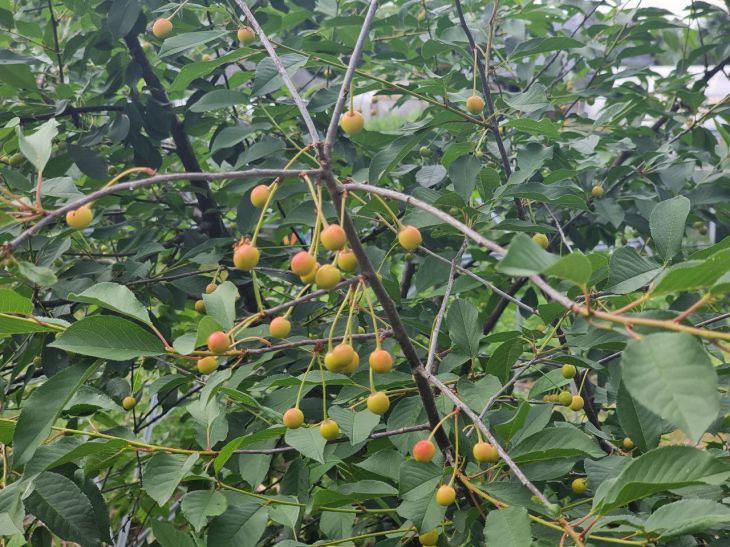How and when to prune a cherry tree? Follow this rule
Regular pruning of cherries is the key to a bountiful harvest. If you do not do it correctly, the crown will become too dense, the tree will bear less fruit and will be vulnerable to diseases.
The plant should be pruned so that it reaches a maximum height and width of 4 m.
Thanks to this, you will get the appropriate crown, provide access to light and, as a result, stimulate the tree to bear fruit.
When to prune cherry trees? This rule should be followed every year
The best time to prune cherries is in the summer, after the fruit harvest is over. This is usually the end of July or the first half of August. Pruning should be done on warm, sunny days.
During rain, the tree can easily become infected with a fungal disease. Prepare pruning shears for cherry pruning. Cut stems and branches slightly diagonally, 1 cm above the bud or branch.

The size of the crown needs to be adjusted every year. If there are many branches inside that intersect and interfere with each other, they need to be thinned out. Otherwise, the tree will not produce fruit-bearing shoots.
What is the best way to shape a cherry? You will quickly see the result
The first method is to form a crown with one strong branch (guide) and much thinner branches growing to the sides. The shoots will grow upwards, so they need to be monitored and trimmed if necessary.
We shorten the guide branch by half, and shorten the remaining shoots by 1/3 of their length. This way, we will get a slender tree crown that will take up little space. Cut unbranched branches (with one shoot) at a height of 80 cm from the ground.
